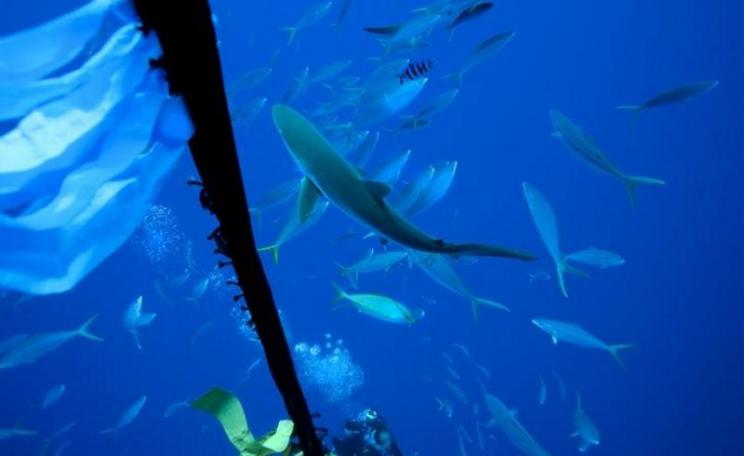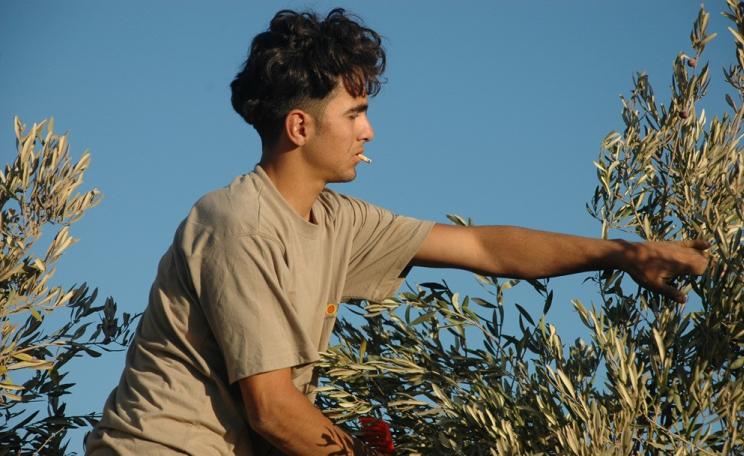Many petrels and other marine species are already in a precarious situation and continued exposure to dangerous plastics adds to these pressures.
Scientists have revealed areas of the ocean where some of the world’s most threatened seabirds face the highest risk from potentially deadly plastics.
Seabirds often mistake small plastic fragments floating on the surface of the water for food, or ingest plastic that has already been eaten by their prey. Ingesting small fragments can lead to poisoning, internal injuries, and starvation for seabirds.
The 26-year study assessed the movements of 7,137 individual birds from 77 species of petrel, including Critically Endangered species such as the Balearic shearwater. Petrels are an understudied but vulnerable group of marine birds that play a key role in oceanic food webs.
The breadth of their distribution across the whole ocean makes them important ‘sentinel species’ - an early warning of broad threats to species and ecosystems when assessing the risks of plastic pollution within the marine environment.
Boundaries
The research team - led by BirdLife International in partnership with Fauna and Flora, the British Antarctic Survey, University of Cambridge and the 5 Gyres Institute - found that the areas of the highest plastic exposure risk are in the Mediterranean and Black Seas, the north-east Pacific, north-west Pacific, South Atlantic and the south-west Indian oceans.
Although the team admits that data was limited for some regions such as including coastal east and south-east Asia, the Mediterranean and Black Seas together account for more than half of plastic exposure risk.
The scientists overlaid global positioning data taken from tracking devices attached to the birds onto maps of marine plastic distribution to identify the locations where birds are most likely to come into contact with plastics while foraging or migrating.
Species of petrel included in the study were given an ‘exposure risk score’ to indicate their risk of encountering plastic during their time at sea. A number of already threatened species scored highly, including the Critically Endangered Balearic shearwater, which breeds in the Mediterranean, and Newell’s Shearwater, which is endemic to Hawaii.
It is the first time that tracking data for so many species have been overlapped with plastics distribution maps on a global scale. The results showcase the extent to which the impact of plastic pollution on marine species transcends national boundaries, highlighting the need for international cooperation to tackle plastic pollution.
International
Catrin Norris, programme officer for marine plastics at Fauna and Flora, said: “Once plastic enters the ocean, it is immediately out of our control, and – just like petrels and other marine species – it will pass freely from one country’s exclusive economic zone to another.
Many petrels and other marine species are already in a precarious situation and continued exposure to dangerous plastics adds to these pressures.
"Plastic floating in one country’s territorial waters may have entered the ocean many thousands of miles away. Considering that a quarter of all plastic that marine birds are exposed to is found in international waters, it is clear that this problem belongs not to any one country, but to all. We need international collaboration to develop effective plastic policies that truly put an end to plastic pollution.”
Jo Royle, founder and CEO of Common Seas said: “Most humans will never see the plastic gyres floating in the ocean, but our wildlife does. As we continue to learn of the detrimental impacts of plastic, we must picture ourselves surrounded by mountains of plastic in our own homes and visualise what life must be like for wildlife confused by this foreign substance in their habitats."
Plasticosis
Another recent study has identified a new disease caused by plastic that is having a devastating impact on seabirds: plasticosis. Scientists have defined this as a combination of impacts from ingested plastic. For example, when a bird's stomach is damaged, it is then unlikely to function correctly as a digestive organ or barrier to virus and bacteria. Other organs, such as the liver, can also be seriously harmed by exposure to nanoplastics, which causes chronic inflammation.
Dr Jennifer Lavers, who contributed to both studies, said that a detailed knowledge of when and where marine animals are most at risk of encountering plastics while at sea could not be more timely. “We lack a comprehensive understanding of plastics’ impact on species and ecosystems, but what we do know is deeply concerning."
Pressures
Bethany Clark, seabird science officer at BirdLife International, said: “Many of the birds included in our study are already affected by a wide range of threats including climate change, being caught in fishing gear, competition with fisheries and invasive species.
"While the population-level effects of plastic exposure are not yet known for most species, many petrels and other marine species are already in a precarious situation and continued exposure to dangerous plastics adds to these pressures. Coordinated action to stem the flow of plastic pollution is needed now to protect seabirds and other marine life around the world.”
The study is published in Nature Communications and was supported by more than 200 researchers working in 27 countries. It was an output of the Cambridge Conservation Initiative’s Collaborative Fund for Conservation sponsored by the Prince Albert II of Monaco Foundation.
This Author
Yasmin Dahnoun is assistant editor at The Ecologist. This article is based on a BirdLife International and Fauna & Flora press release.
BirdLife International is the world’s largest nature conservation partnership. Together we are over 115 BirdLife Partners worldwide and growing. All of BirdLife’s work is underpinned by scientific research.
Fauna & Flora is a nature conservation charity protecting the diversity of life on Earth. For the survival of species and habitats, the planet and people.







